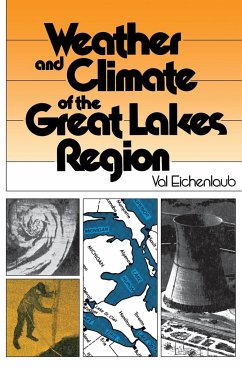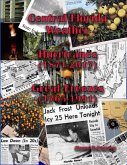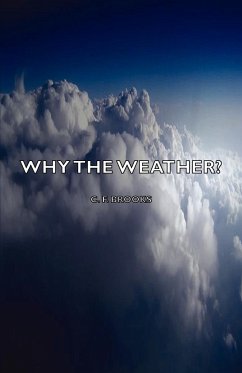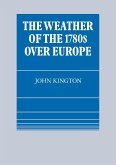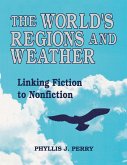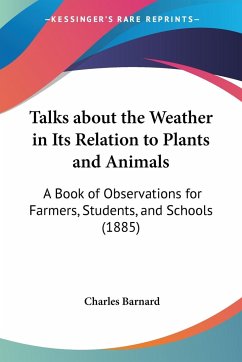The Great Lakes exert a considerable influence on the weather of the surrounding area, causing fog, clouds, breezes, snowfall, and other "lake effects." This clearly written and profusely illustrated book explains the atmospheric processes underlying the characteristic weather patterns of the region, discusses the climatic history of the Great Lakes, and evaluates the role of air pollution and nuclear power plants. Weather and Climate of the Great Lakes Region, continues to be a popular textbook for introductory classes in meteorology and climatology.
Hinweis: Dieser Artikel kann nur an eine deutsche Lieferadresse ausgeliefert werden.
Hinweis: Dieser Artikel kann nur an eine deutsche Lieferadresse ausgeliefert werden.

